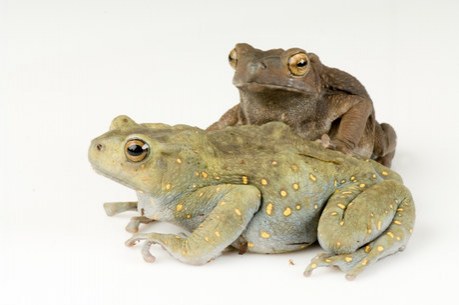FACTS FILE NERVOUS SYSTEM
1.Encephalon Brain
2.Meningitis Inflamation of meninges – viral
infection or increased production of
cerebrospinal
fluid
3.Piamatter Vascularised and nutritive
4Reticular connective tissue Cells of arachnoid membrane
5 Duramatter Made up of fibrous connective tissue
6 Fifth ventricle or pseudocoel Cavity of corpus callosum
7 Cerebral cortex Centre of highest
sensation
8 Foremen of Monro Connects lateral ventricle
with third ventricle
9 Paracoel Lateral ventricle
10 Diocoel Third ventricle
11 Aqueduct of sylvius Iter- connection between third
and fourth ventricle
12 Liitle brain Cerebellum
13 Arbor vitae Branching of white matter in to grey
matter in cerebellum
14 Brain stem Diencephalon+ mid brain + pons varolii+
medulla
15 Neurocoel Central canal of spinal cord
16 Craneal nerves 12 pairs in amniotes, 10
pairs in amniotes
17 Cranial nerves of man Olfactory, optic, oculomotor, trochlear, trigeminal,
abducens, facial, auditory, glossopharyngeal, vagus, spinal
accessory, hypoglossal
18 Cranial nerves 3 pairs sensory,5 pairs
motor,4 pairs mixed
19 Cranial nerves Spinal accessory and
hypoglossal absent in frog- present in man
20 Pavlov Discovered reflex action
21 Sympathetic nerves system Also called thoracolumbar outflow
22 Acetyl choline Secreted by preganglionic
nerves
23 Sympathin Secreted by post ganglionic nerve
24 Para sympathetic Also called Craneao sacral
outflow
25 Threshhold or firing level Minimum strength to initiate action
potential
26 Refractory period Time for restoration of nerve
fibre- 0. 001 second
27 Saltatory propagation Nod to nod jumping of impulses in myelinated
nerves
28 Blood Brain Barrier Barrier between cereral blood
and cerebro spinal fluid
29 Cybernetics Deals with neural and chemical integration
of body
30 Pallium Roof of Paracoel
31 Cauda equina Also called filum terminale- terminal part of
spinal cord
32 Somaesthetic area Also called post- central area-
center for pain touch temp.
33 Eighth cranial nerve Goes to ear
34 Fifth cranial nerve Goes to jaw muscle
35 Broca’s area Speech control center- present in frontal
lobe
36 Cereellum Only part of brain without ventricle
37 Brachial plexus Last four cervical and
first thoracic spinal nerves
38 Auerbach plexus Network of nerves formed from
vagus nerve & distribute on organs
39 Absolute refractory period Period between two nerve impulses
40 Genu & splenium Anterior and posterior ends
of corpus callosum
41 Parkinson’s disease Lack of neurotransmitter dopamine
42 Pineal stalk Outgrowth from the roof of third ventricle
43 Resting potential 70 mv
44 Trigeminal Mandibular- largest cranial nerve
45 EEG Electro
Encephalo Graph- used to measure brain waves
46 Vermis Large median lob cerebellum in
mammals
47 IQ Ratio
of mental age to chronological age multiplied by 100
48 Choroid plexus Secrete cerebro spinal
fluid
49 Synaptic fatigue Due to more adrenaline
50 Spinal nerves of man 31 pairs- frog has 10 pairs







